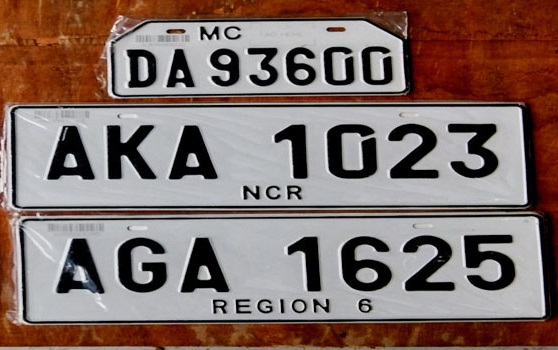What You Must Know About Plate Issuance
By
Posted on Nov 28, 2018

The Land Transportation Office or LTO takes charge of the releasing of new license plate numbers. You need a plate issuance to drive the streets and roads of anyplace in the Philippines. These concerns may not seem as urgent as a flat tire or overheating engine, but the plate numbers are significant as well. It serves as the identification of your vehicle, that's why the law requires it.
Here are updates to getting your license plates and what a car owner should know about them:
- You'd obtain your new license plate if your vehicle was registered in 2016 and onwards.
You may be waiting forever for your new LTO license plate. While other countries are implementing advanced smart plates for the safety and convenience of their drivers, Filipino drivers are wondering when the real plates shall be given. But never clench your fists and grit your teeth with frustration as last January the Supreme Court has permitted the release of 700,000 plates after it lifted the TRO issued in June 2016. The LTO meanwhile provided guidelines on releasing the license plates after the TRO was lifted. There are also seven embossing machines at the LTO which can produce 22,000 plates every day.
- Temporary license plates must abide by LTO official specifications
Although no actual license plates can be issued right now, LTO wants car and motor vehicle owners to have a standard design on their temporary plate. This will ensure uniformity and recognition of the vehicles. The specifications apply to vehicles released from February 2017 and onwards. There have to be a conduction sticker and MV file numbers on the temporary plate. It has to be written in the sturdy reflective material on Arial black font. If vehicle owners don’t comply with such specifications, they can be fined with penalties.
- There is no availability for vanity plates yet.
With the delay on the release of license plates, vehicle owners are not allowed to secure vanity plates yet since December 2017.
- Driving without a license plate can get a vehicle owner or driver in trouble.
LTO strictly implements that a vehicle with no registration isn’t allowed to travel the streets of the Philippines. This is a policy that must be followed by every single driver. If you drive with no license plate, you'll be slapped with fines. You can even have your vehicle impounded by LTO. So, as you have invested a lot of money on your car, ensure that you renew your registration yearly and bring OR/CR for proper identification.
- Your license plate is permanent.
Once you’re issued a license plate number, it will be permanent for the rest of your life while owning the vehicle. You can only change your plate number if you convert your private car to something for hire.
- Get a replacement plate when damaged or lost.
If your license plate gets lost or damaged, never miss to replace it, or you'll get pulled over by authorities working on the streets. There are specific steps to follow for the replacement, and you'll know it when you visit the LTO.
Incase you want to know if your license plate is available, you may visit LTO's website https://www.lto.net.ph/LTO/Online just take note of your MV File number as reflected on your CR or Car Registration.

